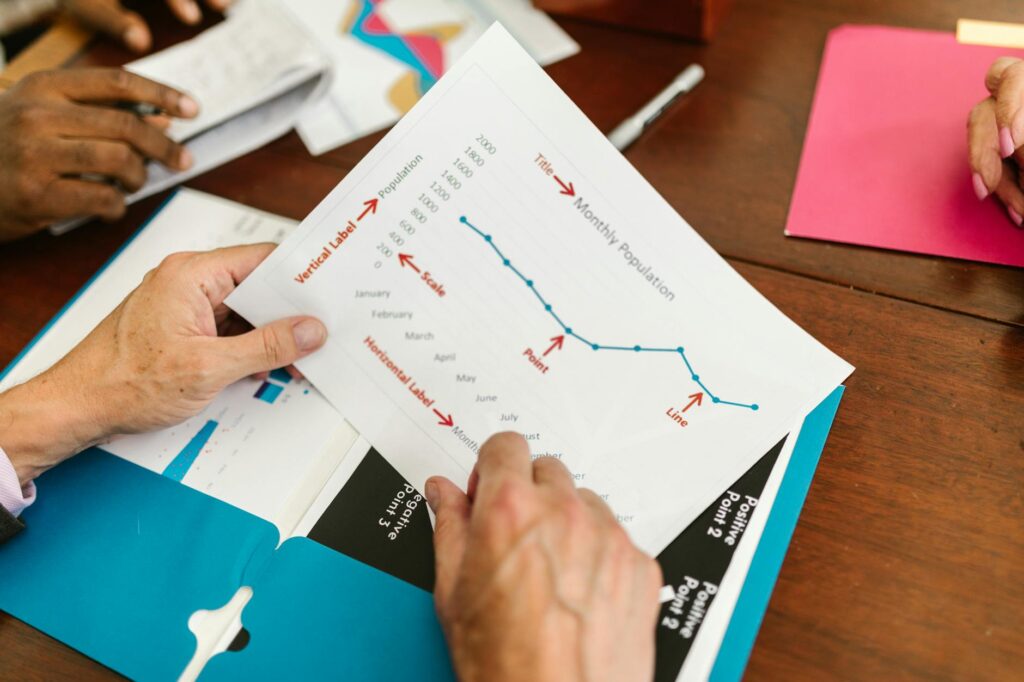What is project timeline planner?

What is project timeline planner?
In the fast-paced world of project management, having a clear outline of tasks, deadlines, and milestones is crucial. That’s where a project timeline planner comes in. This tool not only simplifies the planning process but also ensures that everyone on the team is aligned and aware of their responsibilities. If you’ve ever found yourself overwhelmed by the intricacies of a project, a project timeline planner could be your key to success.
Understanding Project Timeline Planners
A project timeline planner is a visual representation of a project’s schedule. It lays out the tasks that need to be completed, along with specific deadlines and milestones that need to be achieved. This planner serves as a roadmap for project managers and team members, guiding them through the various phases of a project.
Definition and Purpose
At its core, a project timeline planner helps organize tasks in a logical sequence. It allows team members to understand what needs to be done and by when. Imagine trying to navigate a city without a map—you’d likely get lost. Similarly, without a project timeline, teams may struggle to stay on track and meet their goals.
Key Components of a Project Timeline Planner
A project timeline planner consists of several critical elements:
- Tasks: These are the individual activities or steps that need to be completed.
- Deadlines: Each task comes with a due date, ensuring that the project stays on schedule.
- Milestones: These are significant points in a project that mark the completion of a key phase or deliverable.
- Dependencies: Understanding which tasks rely on the completion of others helps in planning and prioritizing.
Benefits of Using a Project Timeline Planner
Utilizing a project timeline planner brings numerous advantages, whether in a professional or personal context.
Enhanced Time Management
A project timeline planner allows you to allocate your time effectively. By visualizing the sequence of tasks, you can prioritize what’s important and ensure that deadlines are met. This structured approach reduces the chances of last-minute rushes and missed deadlines, which can be detrimental to any project.
Improved Collaboration and Communication
When your team has a clear view of the project timeline, collaboration improves significantly. Team members can see how their work fits into the bigger picture. Enhanced communication fosters a sense of unity and ensures everyone is on the same page, reducing misunderstandings and confusion. You can explore more about how timelines enhance collaboration in this article.
Increased Accountability
With a project timeline planner, accountability is built into the process. Each team member knows what tasks they are responsible for and the timelines associated with them. This clarity encourages individuals to take ownership of their assignments and work diligently towards the project’s success.

Photo by RDNE Stock project
How to Create an Effective Project Timeline Planner
Creating a project timeline planner doesn’t have to be complex. Follow these steps to make yours effective.
Identify Your Project Goals
Before you start planning, it’s essential to define clear objectives. What do you want to achieve? Understanding your goals sets a solid foundation for your timeline. This ensures that every task aligns with the project’s overall objectives.
Break Down the Project into Tasks and Milestones
Once you have your goals in place, break the project down into manageable tasks. This process, known as decomposition, allows you to identify significant milestones along the way. Celebrating these milestones can boost team morale, making the project feel less daunting.
Choose the Right Tools for Planning
There are many tools available for creating project timelines. Whether you prefer software solutions like Microsoft Project or online platforms like Smartsheet, choose one that suits your team’s needs. Free templates are also available on sites like Smartsheet, making it easy to get started.
Best Practices for Using a Project Timeline Planner
To maximize the effectiveness of your project timeline planner, consider these best practices.
Regularly Update Your Timeline
Keeping your timeline current is essential. As tasks progress and deadlines change, make sure to reflect these updates in your planner. This practice not only helps maintain accuracy but also keeps the team informed about any shifts.
Communicate Changes Effectively
When changes occur, it’s crucial to communicate them to all stakeholders. Regular check-ins or updates can help ensure that everyone remains aware of their responsibilities and any adjustments to the timeline. This transparency fosters trust and collaboration within the team.
Conclusion
A project timeline planner is an invaluable tool for anyone involved in project management. It not only helps in organizing tasks and deadlines but also enhances collaboration and accountability. By implementing a project timeline planner in your workflow, you can streamline your processes and significantly improve your project outcomes. So why wait? Start planning your projects with a timeline today and watch your productivity soar!